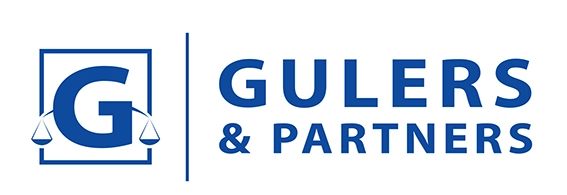Copyright Debate in Artificial Intelligence Use Takes a New Turn: Getty v Stability AI Case
The increasing capacity of artificial intelligence technologies to generate content has ushered in a new era that challenges the boundaries of copyright law. One of the most critical examples of this transformation is the Getty Images v Stability AI case, which is scheduled to be heard by the United Kingdom Supreme Court in June 2025. The case is also significant as it represents the first instance of such a matter reaching the Supreme Court.
Case Background
Getty Images is one of the world’s largest visual content providers, representing over 600,000 content creators and one of the largest stock photo suppliers globally. Stability AI is the developer of Stable Diffusion, an open-source artificial intelligence model that generates images based on text inputs.
Getty Images’ main allegation against Stability AI is that Stability AI used its content without authorization while training its AI model, Stable Diffusion.
Getty Images claims that:
- Stability AI obtained approximately 12 million images from Getty Images’ database through data scraping methods and used this data to train the Stable Diffusion model.
- Some images generated by the model bear significant resemblance to the original copyrighted content, and in certain cases, Getty Images’ watermarks remain visible, constituting trademark infringement and unfair competition.
- Stability AI committed secondary infringement by introducing this copyrighted content in the United Kingdom.
In response to Getty Images’ allegations, Stability AI defences that:
- The training of the AI model and the procurement of the relevant content occurred outside the United Kingdom; therefore, it falls outside the scope of the Copyright, Designs and Patents Act 1988 (CDPA).
- Users of the AI tool can adjust the degree of similarity in the generated outputs by modifying the input prompts, thus any potential infringement should be attributed to the users.
- The outputs generated by the AI are “pastiche” in nature, created by sampling original works in different styles, and should therefore be evaluated under the “fair dealing” exception.
- Finally, since Stable Diffusion is software; it cannot be considered an infringing copy or an article under the relevant legislation (CDPA). Hence, no copyright infringement claim can be sustained.
In addition to these key points, there are also other allegations, including trademark infringement, violations of database intellectual property rights, unfair competition, and reputational harm.
The claims and defenses closely resemble the long-standing theoretical debates in the legal field regarding ownership of AI-generated outputs. Therefore, the outcome of this case is likely to play a significant role in shaping how these theoretical discussions will be interpreted and applied in practice.
The case was filed in January 2023. The hearing, scheduled to take place before the UK High Court on 9 June 2025, is expected to last approximately three weeks due to the complexity of the legal arguments, the parties’ involvement in related previous cases and objections, as well as the volume of evidence. Addressing key legal issues at the intersection of AI technologies and copyright law, the case holds global significance, not only within the United Kingdom but also in light of parallel proceedings currently underway in the United States.
Amid growing international disputes concerning artificial intelligence and intellectual property rights, this case is expected to provide a new perspective on how copyrighted works can be used for AI training and how the rights of copyright holders should be protected throughout this process.




















































 Successful
Successful